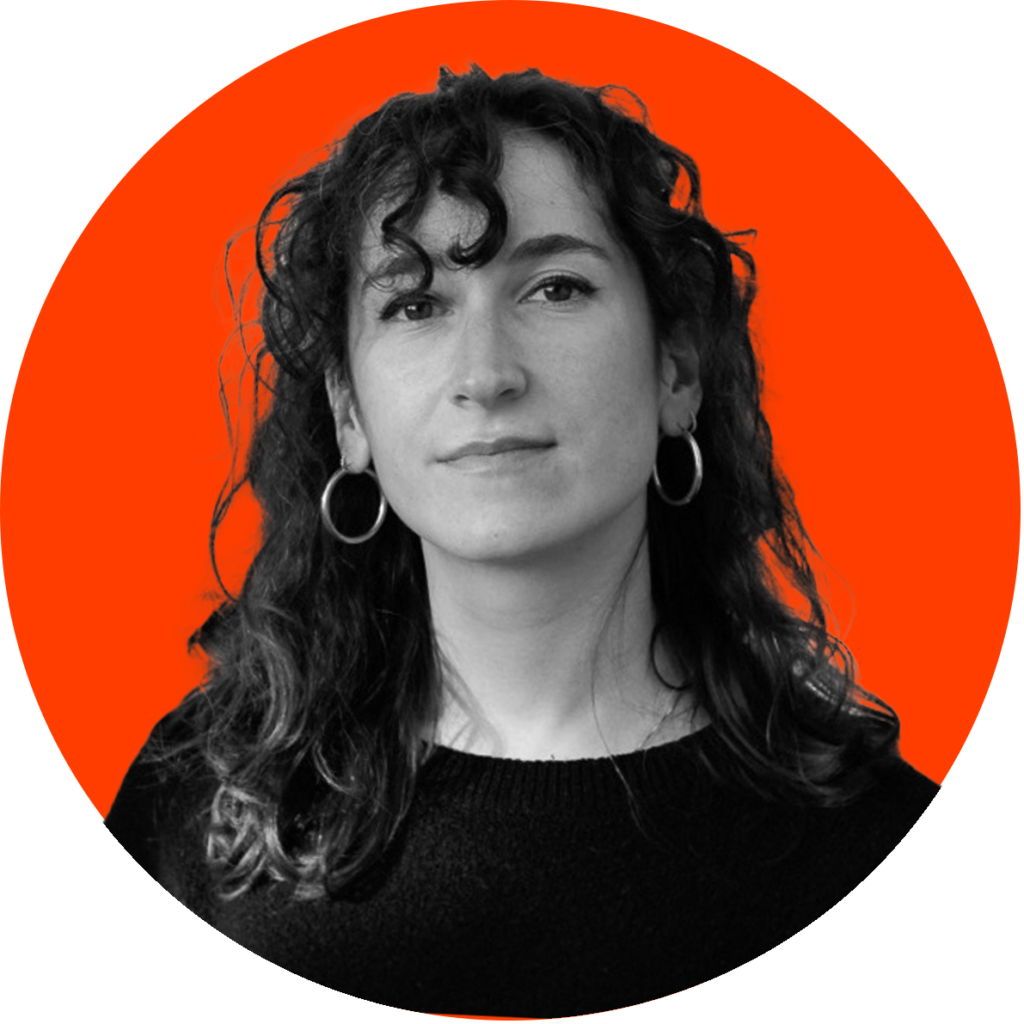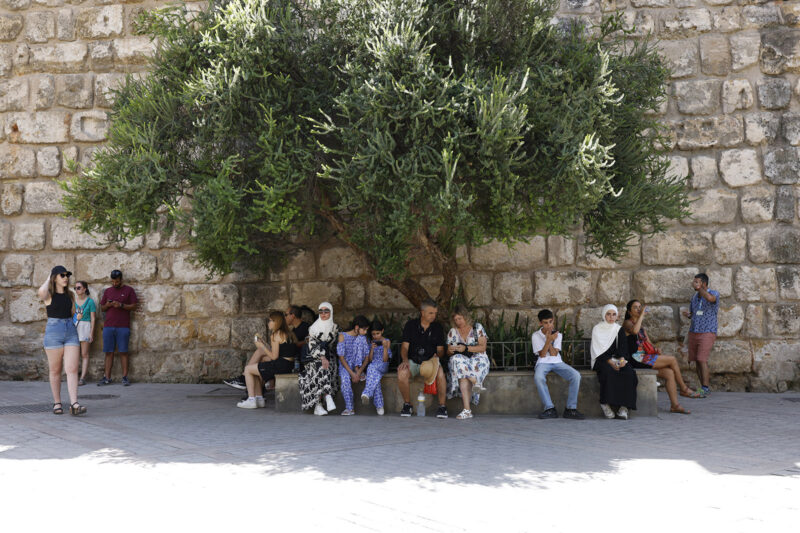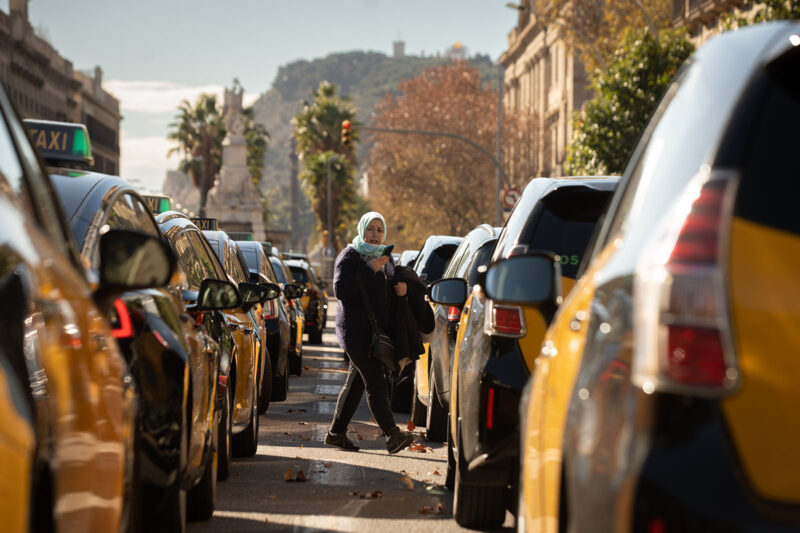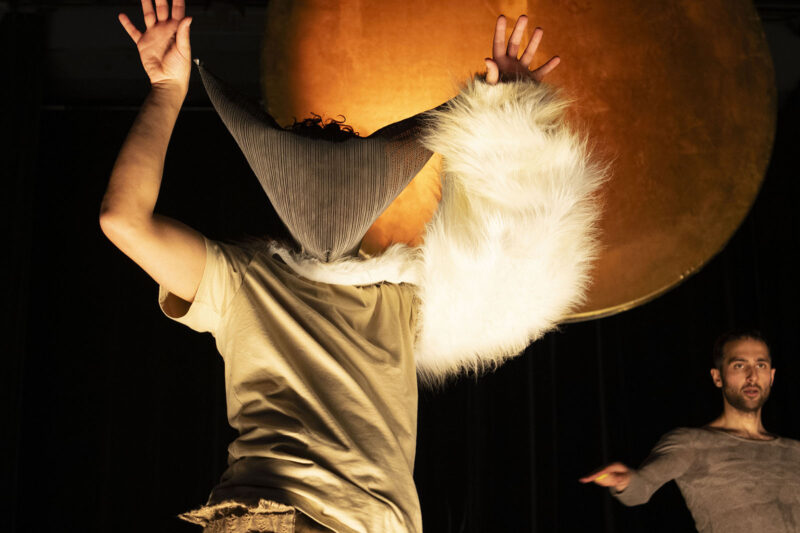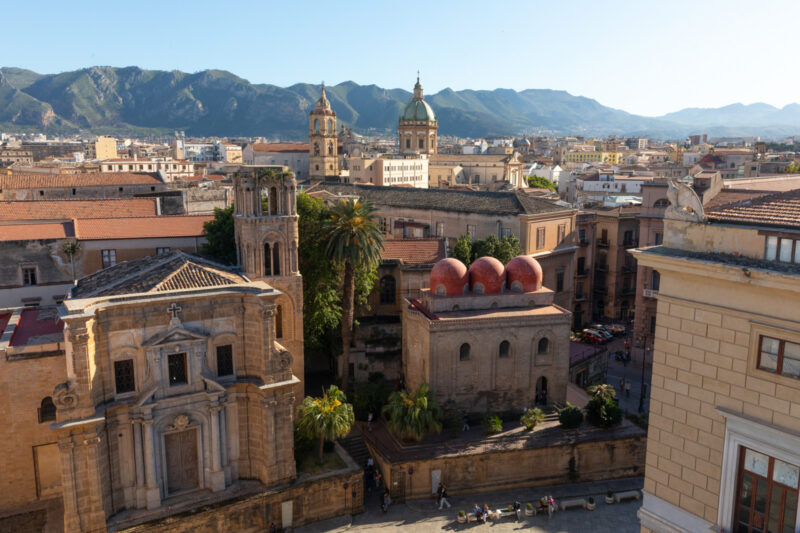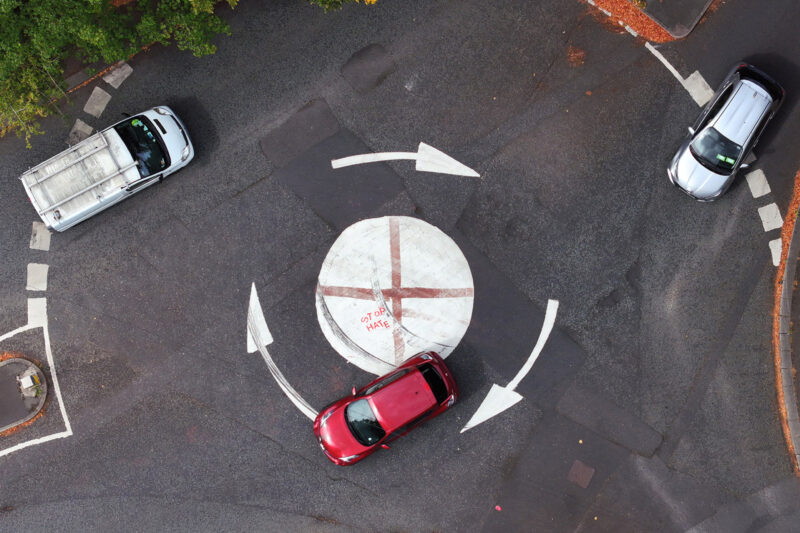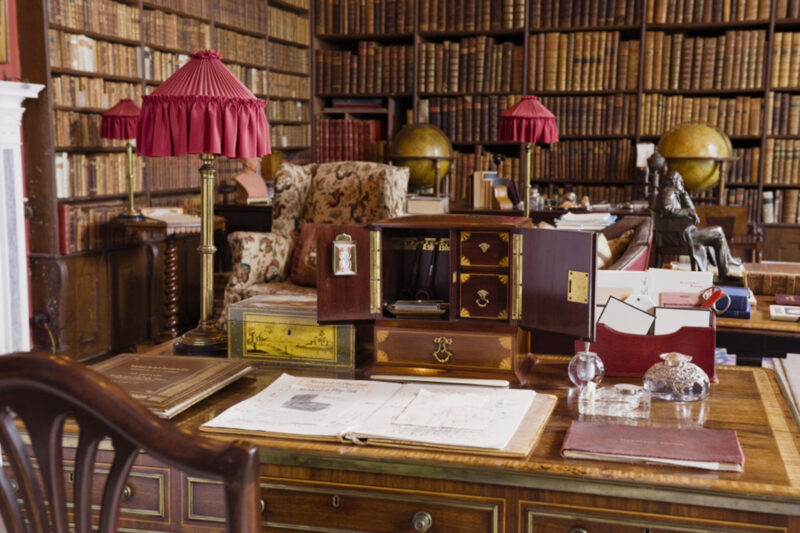5 pieces of architecture that show how Islamic culture is built into Spain
Some of the country’s most glorious designs reveal its centuries-long Muslim history

Today, the 2.5 million Muslims living in Spain are concentrated in big cities such as Madrid and Barcelona — but in almost every corner of the country, you’ll find hidden and flamboyant Islamic architecture.
For almost a millennium, the Iberian peninsula was part of a flourishing Muslim kingdom whose heritage runs deep in modern Spanish culture. The settlement of North African Muslims began in 711 AD, leaving not just culinary and linguistic roots (common Spanish words such as algodon and aceite, meaning cotton and oil, are derived from Arabic), but also architectural ones. Islam, in short, is built into Spain’s heritage.
“The legacy of Islamic culture in the Iberian peninsula is very important,” said Sergio Isabel Ludeña, an archeologist and the scientific director of Funci — the Spanish Foundation for Islamic Culture. “That wasn’t just 800 years of political presence: there is a part of our culture which is Islamic.”
Almost every Spanish region has an architectural memento to its former Muslim rulers, replaced by Christians in 1492. The result is a unique hybridisation of style, most commonly seen in the mosque-turned-church. Spain is dotted with these buildings and, in some cases, perfectly preserved mosques — such as the Mezquita de Tornerías and Puerta de Bab al-Mardum in Toledo — that date back to the 10th century. Other examples of Hispano-Islamic architecture are world-famous, Unesco-recognised monuments.
Visiting these buildings helps people understand the impact that Islamic culture had in the past, said Ludeña. “It can elicit a sense of belonging to a place.”
Granada’s Alhambra
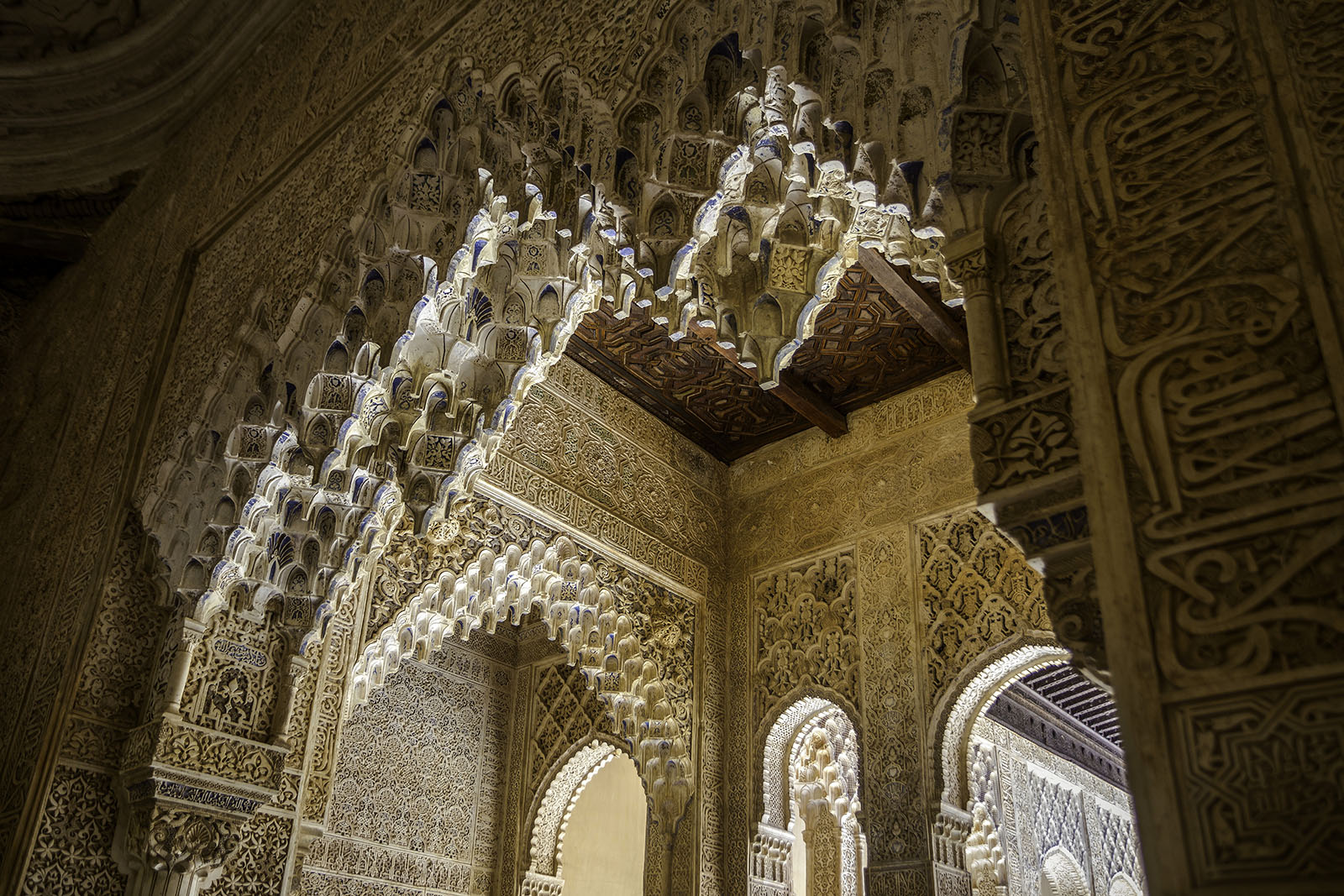
Perhaps one of the most recognisable pieces of Islamic architecture in the western world, the Alhambra is a citadel that was built next to the city of Granada by the rulers of the Nasrid dynasty around the 13th century. The word Alhambra comes straight from the Arabic for “red” and probably refers to the shade of red on the buildings’ external walls.
The monumental complex originally included a well-fortified citadel for the army, as well as palaces for the rulers and a mosque. After the expulsion of Muslim rulers in the 15th century, mosques and spaces belonging to the Alhambra were turned into churches. The Spanish ruler Charles V, known in Spain as Carlos I, had parts of the Alhambra destroyed to build a palace in a different style.
“The Alhambra was a project that continued to be built and rebuilt, even under the Christians,” said Nasser Rabbat, director of the Aga Khan programme for Islamic architecture at the Massachusetts Institute of Technology. It is peculiar because of its “very delicate, very intricate way of organising the space”, he added.
The great mosque of Córdoba
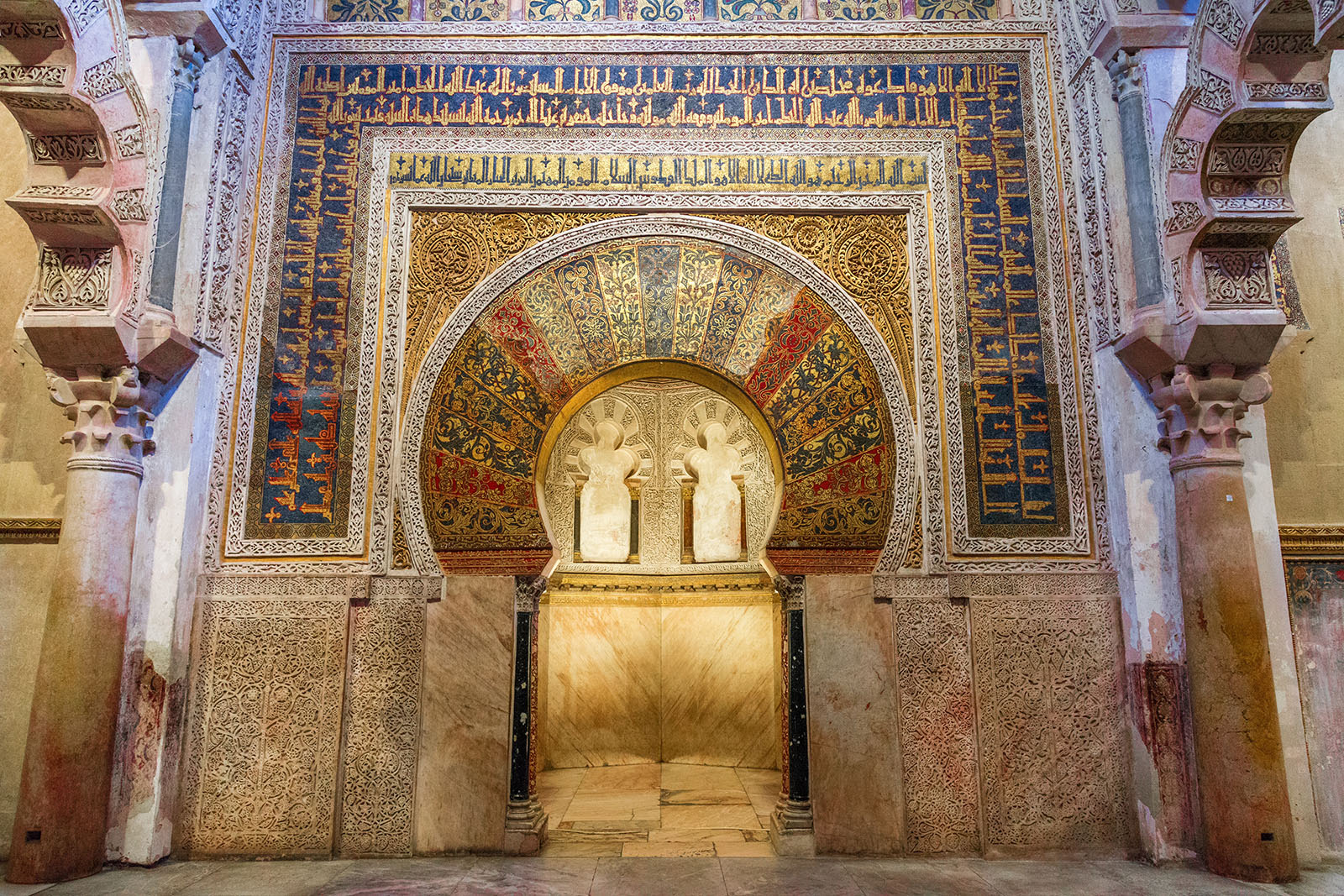
Alhambra’s architectural style can be defined as baroque, said Rabbat. It was a place that was meant to foster entertainment and cultural activities such as poetry reading. Córdoba’s great mosque, on the other hand, was an environment for faith.
The mosque was one of the very few in the world where the mihrab — usually a niche in a wall indicating the direction of the Mecca — was an entire room, preceded by two sets of domes. The mosque, which was built and then expanded three times, was turned into a church in the 13th century and it hosts Catholic services to this day, but its architectural style is quintessentially Islamic.
Rabbat describes the place as having an aura of serenity. “The space is unified, and it looks like [a] palm orchard,” he said.
The Medina Azahara in Córdoba
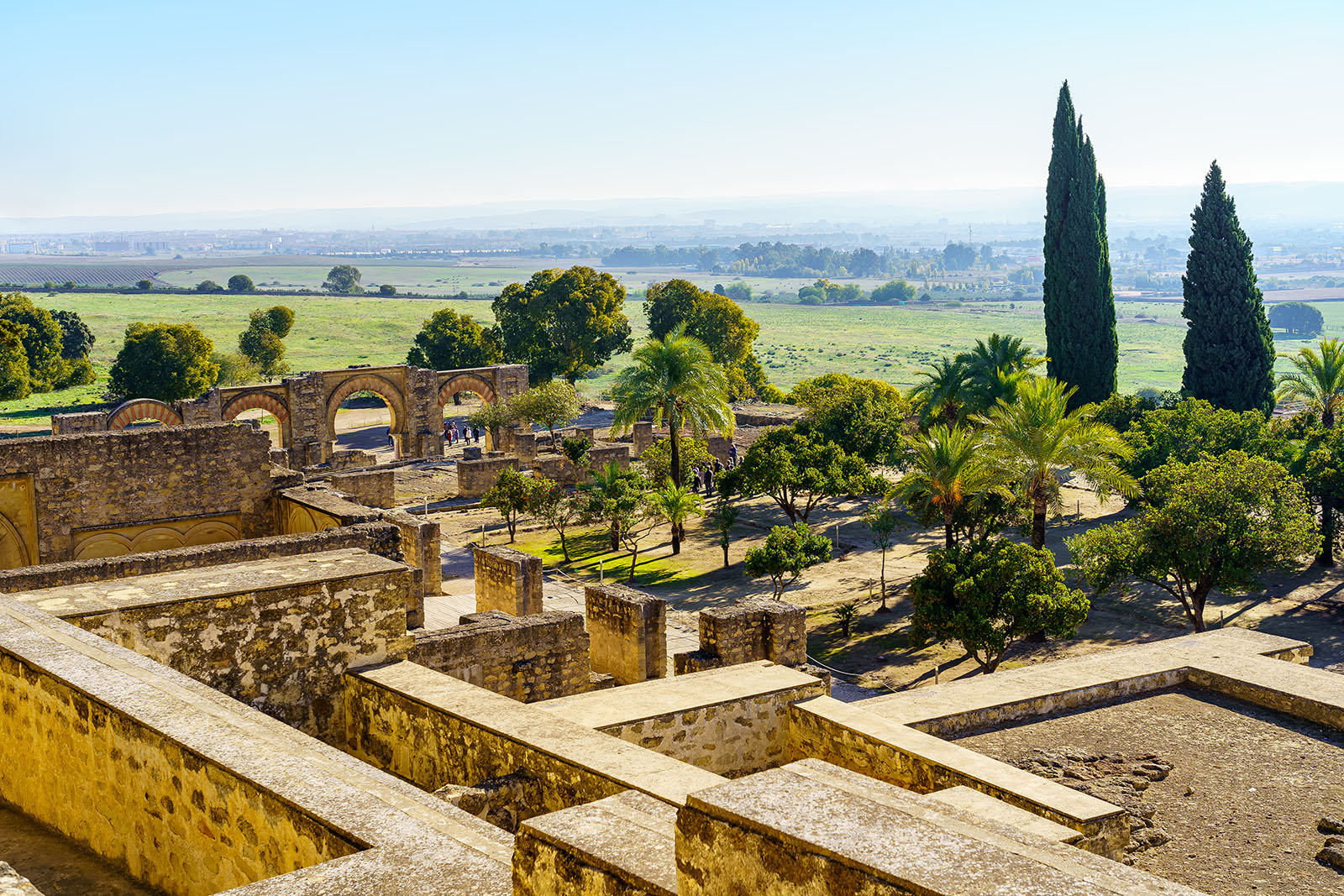
The Medina Azahara is the biggest archaeological site in Spain, a few miles from the centre of Córdoba. It contains the remains of a type of estate known in Arabic as munia, a similar concept to the western villa —- a building that aristocrats would use to escape cities during epidemics, among other things.
The estate was built in the 10th century by Abd Al-Rahman III, emir of Córdoba under the Umayyad caliphate, and had both administrative and residential functions. “He called it ‘medina’ rather than a villa — that is, it’s called ‘the city’, because it became a royal city,” said Rabbat.
Today, visitors can see the remains of traditionally Islamic round arches, columns and walls. Back in the 10th century, the complex included palaces that “rolled down into the valley in the form of gardens and pavilions”, Rabbat added.
The Aljafería in Zaragoza

One of the most notable Islamic buildings in north-eastern Spain’s autonomous community of Aragon is the Aljafería — a Spanish transliteration of an Arabic word that means “palace of joyfulness or recreation”.
The Aljafería is a monumental building erected in the 11th century as a residence of the kings of the Hudid dynasty. It’s an unassailable fortress from outside, and its interiors feature delicate arches and marble decorations, as well as a picturesque patio with citrus trees. The Aljafería was stormed by a Christian king at the beginning of the 12th century and transformed into the residence of Catholic kings, later becoming a prison for the Spanish Inquisition. It is now the home of the regional parliament of the autonomous community of Aragon.
Real Alcázar in Seville
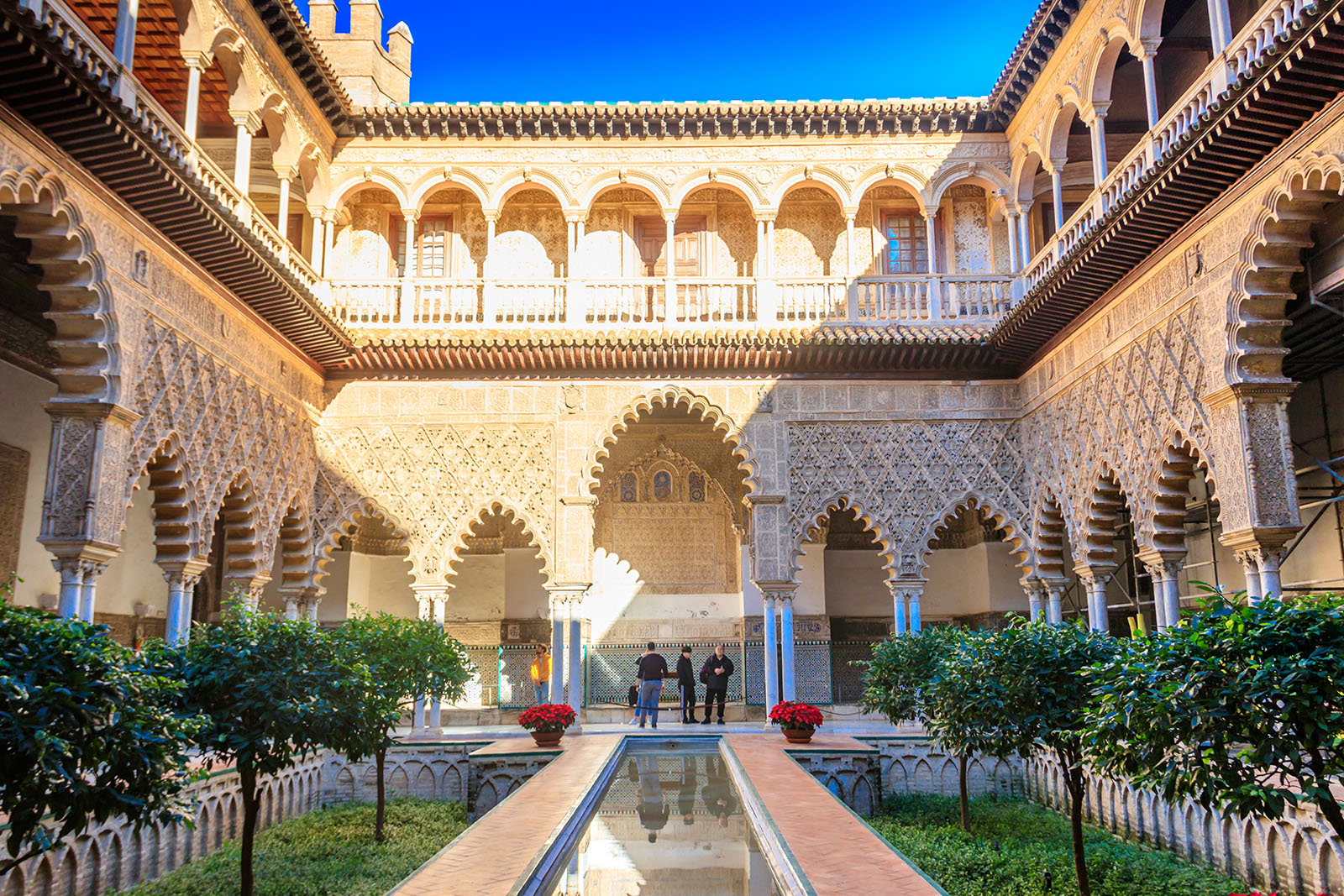
Seville’s Real Alcázar, or royal palace, was built in the 10th century as the citadel of Seville. It was almost entirely rebuilt by Christians in the 1200s when the Kingdom of Castile took the city.
“The Alcázar is not exactly an Islamic palace — it’s a Christian palace,” said Jose Rodriguez-Domingo, an art historian and professor at the University of Granada. “What you see there is the influence and the strength of Muslim art and aesthetic.”
That aesthetic — with its golden arches and elegant columns — was inspired by the Alhambra in Granada, he added.
“The Islamic legacy in Spain really is one of the most defining elements in our country’s cultural identity,” said Rodriguez-Domingo. “It sets it apart from other countries in the world.”
 Newsletter
Newsletter

